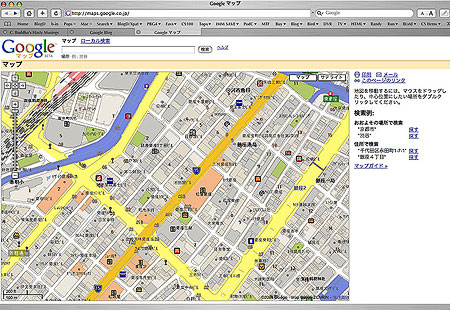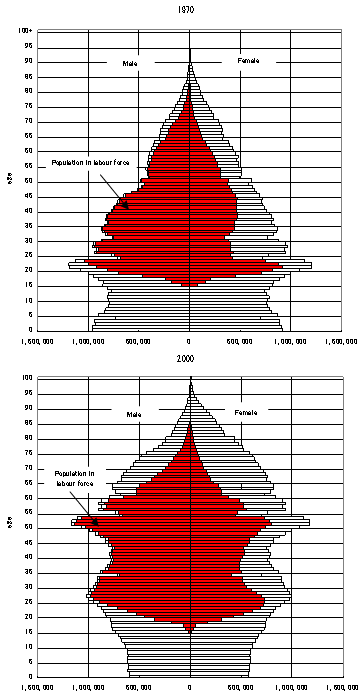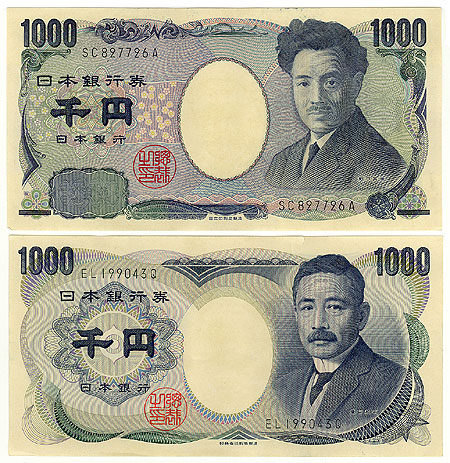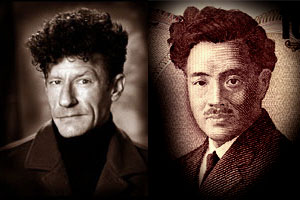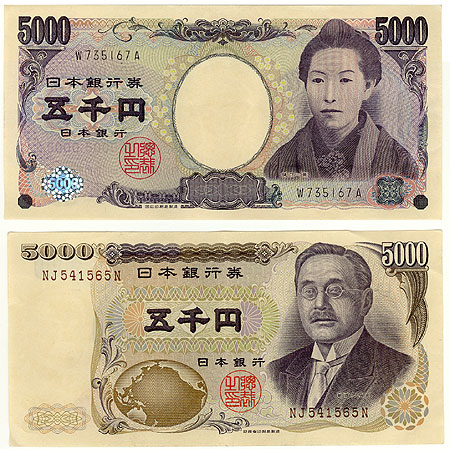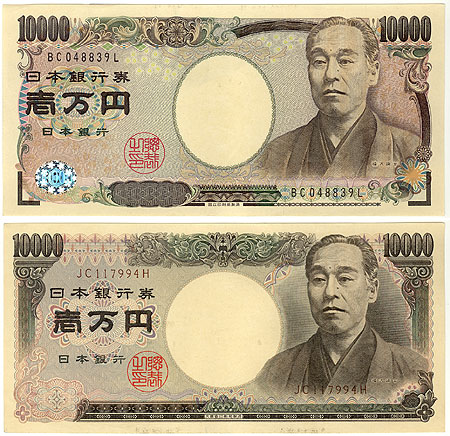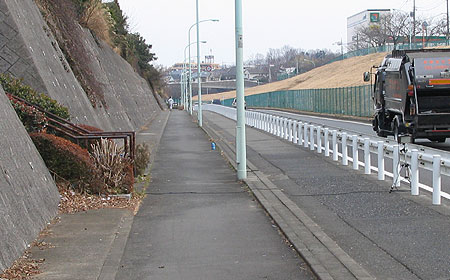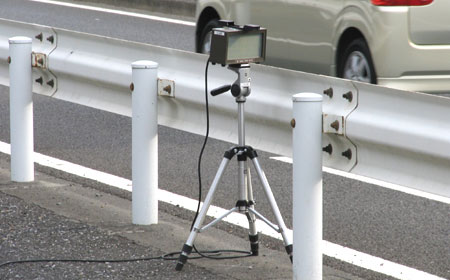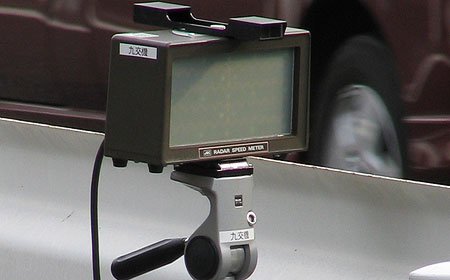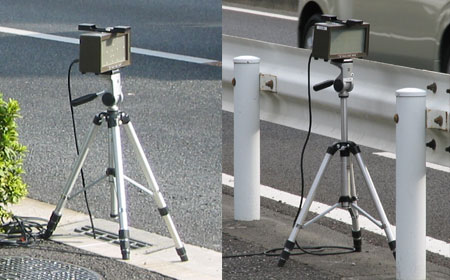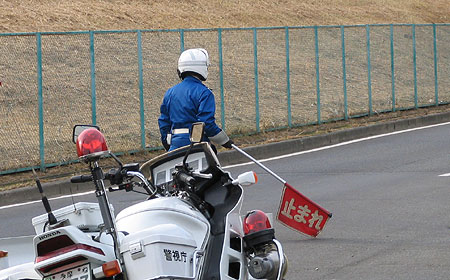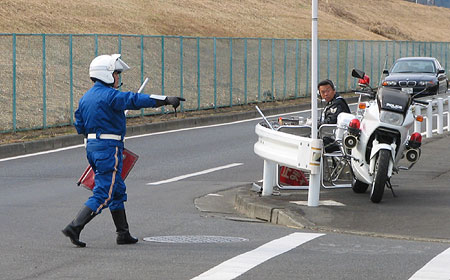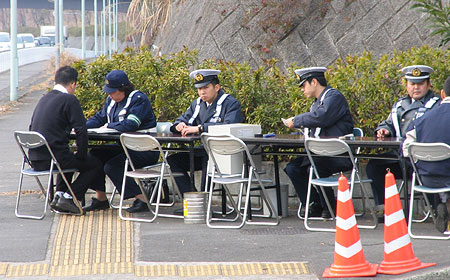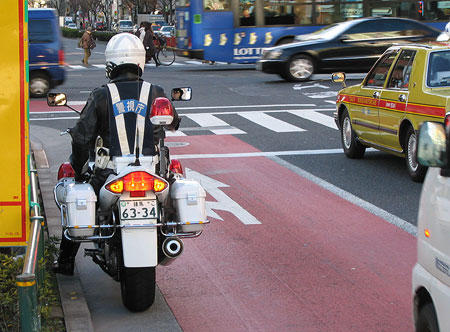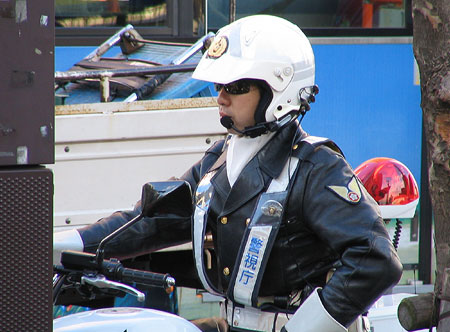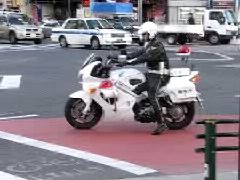Big One — No Way That Was a “3” in Tokyo
A big, rocking quake (must have been distant) hit us in Tokyo just now. That was not the most forceful in terms of a jolt, but that thing made my building sway big time. Felt like a 4 or 5 here.
It is now being reported at a 6 in Miyagi where a tidal wave warning is being given.
Update 12:05 pm: The quake was a 6.8 on the Richter scale, 20 km below the ocean floor a short distance off the Miyagi coast. A half-meter tidal wave is predicted for that area in just moments from now. Hi-Net is showing a “shake amplitude” of the quake as being strong from Miyagi through Kanto. It is now being reported as a “4” in Tokyo, by the way.
Update 12:30 pm: No pictures on what tidal waves may have crashed into Miyagi, so it probably wasn’t a big deal on that. Trains and planes are grounded for the time being while tracks and surfaces are checked–hope you didn’t get stuck on a train or in a station when it hit. Narita will be down for one hour. Haven’t heard of any injuries or deaths yet.
You don’t get immediate views of damage from the affected areas from TV reporting, but you get to intimately know what it was like in news offices and from the tops of buildings, camera footage that TV has immediate access to and shows over and over after a quake here in Japan.
Update 12:36 pm: Apparently there have been reports of several injuries in the Sendai area, no details yet. Nobody is providing a distance off the coast or offering a measure scale on their maps, but I did get the map coordinates of the quake from Tenki.jp (N38.1 E142.4) and plugged it into Google Maps, and got the results of 70 km offshore from the closest land, a peninsula west and north of Sendai, and got that the epicenter of the quake was about 120 km from Sendai City itself.
Update 12:55 pm: All three nuclear power generators at the Onagawa plant in Miyagi prefecture (70 km north of Sendai) were shut down when the quake hit; no damage or incidents reported. At a sports facility in Miyagi (capital city of the prefecture), the roof is reported to have caved in, resulting in many of the injuries reported there. TV stations here are showing stores with lots of products having fallen to the floor off of shelves and tower displays.
Update 1:05 pm: Alternate reports are making this quake out to be a 7.2 on the Richter scale. Hi-net reported it as 7.2 at 44km depth, and I thought that was an initial mistake, but the USGS is reporting it as a 7.2 as well, so now there are two reports appearing in different places with differing magnitudes and depths. I’m seeing a TV report on the Miyagi sports center and the roof appears intact, so it must have been an internal ceiling collapse–a lot of apparent damage inside.
Update 1:15 pm: Wow. They just showed the inside of that sports center. Massive damage there. Looks like a ceiling fell in and there’s debris all over inside. From the looks of it, it seems like a miracle no one died. As many as 80 people were injured.
Update 1:35 pm: Television reports are now amending the strength of the quake to 7.2 also. 17,000 homes lost electricity in the quake. A house in Kazo City, Saitama, a few hundred miles from the quake’s epicenter, collapsed, and a woman inside was safely rescued. A shinkansen (bullet) train on the Tohoku Line stopped on the tracks and the passengers were released from the train along the tracks. Reports about the sports center in Miyagi say that 16 people were injured, including 3 children. This is, by the way, the O-bon holiday season.

